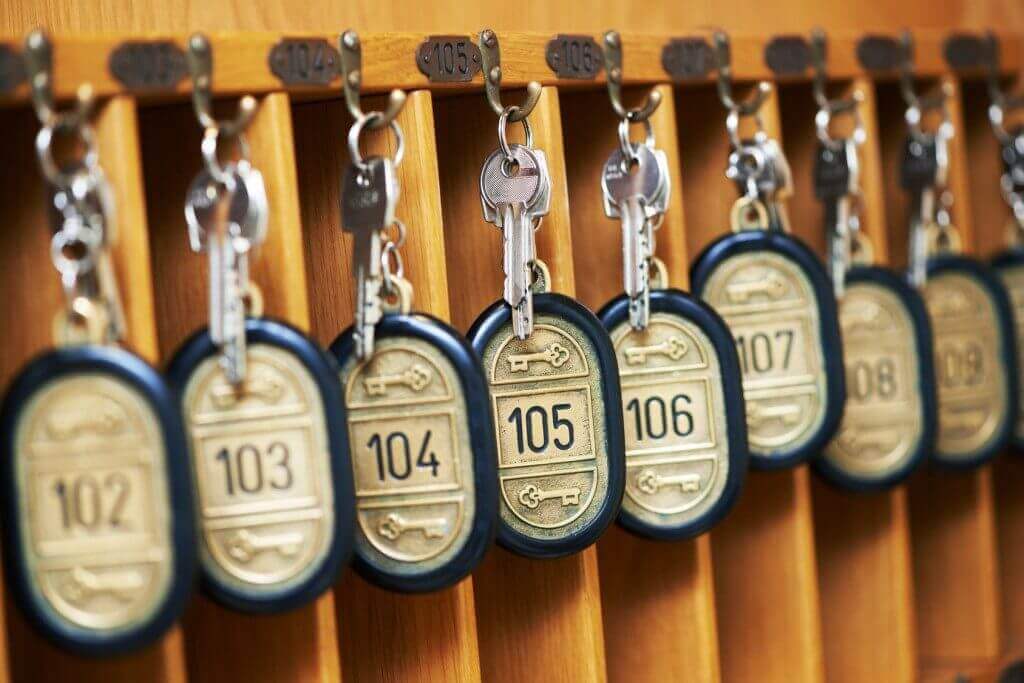
Hoteliers, marketing directors, and revenue managers in particular are continuously learning how to put the pieces of the puzzle together when it comes to creative and effective options for selling out room nights. Numerous challenges arise with the plethora of new distribution technology, which complicate the process of directly reaching the guest, or even controlling a hotel’s presence on the variety of brand and third party websites.
The Director of Sales and Marketing at The Langham Boston, Rachelle Boudreau, emphasized this challenge. “It is difficult to be aware of the various distribution channels, as so many are changing daily and being bought by other companies. These distribution partners are then taking the inventory and selling it online through other third parties. Additionally, some tour wholesalers try to re-sell the inventory through other online travel operators in other countries, who, in turn, will place inventory on a B2B (business to business) and B2C (to consumer) websites, which can ultimately diminish the hotel’s rate parity.”
Knowing how confusing the digital marketing and distribution landscape can be, how do hotels manage their options to sell inventory, particularly at that eleventh hour?
Contrary to Popular Belief, It’s Not All About the OTA’S:
According to Steve Ehrhardt, 2016 Chairman of the IHG Owners Association, and owner/operator of Missouri-based Ehrhardt properties, it is not necessary to utilize OTAs as a long-term booking method in tertiary markets if the hotelier has the right data.
“OTAs are most useful for last minute inventory sales. If they are overused or rooms are discounted too severely the brand risks damage and hoteliers leave money on the table,” explains Ehrhardt. “The one thing you can count on is that patterns repeat themselves.” Ehrhardt advises that one should know ‘the playbook’ by looking at historical data, trends, market events, and groups. “The use of revenue management data is an art and a science,” Ehrhardt continues. “It’s looking at what is best for your market at that time using intuition, and knowing the ‘drill’ for that time of year using history to maximize revenue. With an effective revenue management strategy and identification of patterns, hoteliers can prevent having to sell inventory last minute, thus avoiding OTAs and their commission fees.”
Stephen Field, President of Philadelphia-based Synergy Hospitality, advises that when operating “in primary markets, such as Philadelphia, strategy varies less by exact geographic location, and more by the length of the booking window. For example, airport hotels may have an extremely short booking window, due to flight schedule changes caused by bad weather. Taking this into account, a strategy that places an overdependence on OTAs in these types of markets may displace higher rated last minute bookings.”
Field also notes that dependence on OTAs differs with independent versus franchised hotels. “All hotels should minimize OTA use unless there is real distressed inventory in a short-term situation. The challenge with these channels is that they are extremely price sensitive and commoditize guest room inventory. There are too many hotels that rely on OTAs as the sales effort of least resistance, instead of investing in an exceptional sales team. These hotels avoid hiring good salespeople and simply put rooms on the Internet. They think they are saving $50,000-$60,000 in labor costs; failing to realize that one good salesperson can generate many times their salary in incremental business.”



